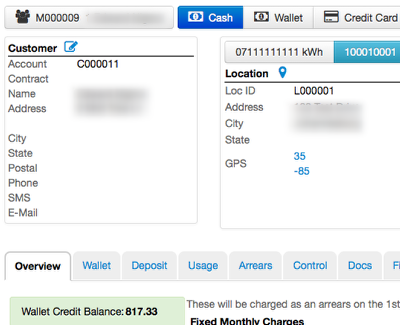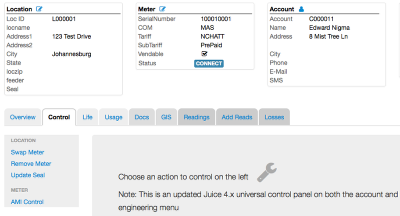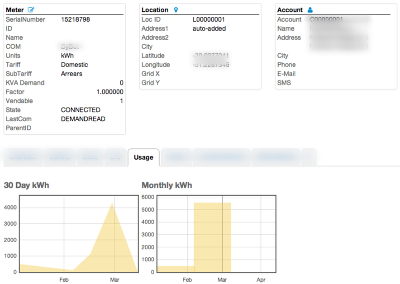Juice Trinity
How Juice a trinity refers to a location, a meter, and a customer depends on how they are connected.
What is a Trinity?
Juice will have different entries for a customer (person or business), a location (physical point of connection), and a meter (electric, water, gas, etc). When a customer is assigned a location with a meter, Juice will treat that relationship as a trinity. Having each entry independent from the other allows the system better historical records and allows a specific item, like a meter, to be tracked with or without be assigned to anyone. Note: all records in Juice will have a unique identifier that is invisible for all items (except transactions). This way if there are duplicate meters they can be sorted out.
What is a Customer?
A customer has many options available, but most customers will be single home owners/renters, with a paired meter and location. A customer does NOT need to have a meter to be an active customer. They may be a potential customer with a deposit that they must pay before they can begin service. Or a current customer with an arrears balance that they are paying off before they can have their meter reconnected. Customers can also be businesses, government agencies, or other groups.
What is a Location?
'Location' refers to the physical point of connection for a meter. Juice makes a distinction between customers and service locations because utilities need a way to track each location where service is connected. Utiliflex recommends that utilities that do not currently have a separate identification scheme for consumers and service locations consider developing a migration plan to accommodate the separation of these concepts.
What is a Meter?
Meter refers to any electro-mechanical, AMI, STS, or other meter regardless of unit of measure or technology. If it has a fixed unit used to measure a good or service it can be entered into Juice!
Meters will be identified by their serial numbers and they must be unique for STS meters (for token generation this is a MUST).
NOTE: Meters are normally managed by engineering so this may be the only time you see this screen, but in a customer account there is a usage tab with similar information.
Preregistration
Since customers may not have all the required information to set-up their account in full, it's recommended to have a site visit or other preliminary process outside of Juice to collect this information. Information about the customer, like the address and other personal information can be collected on the first contact and entered into Juice. Installation information or other technical details can be collected and entered later. This means with Juice there should never be temporary customers, meters, or locations.


